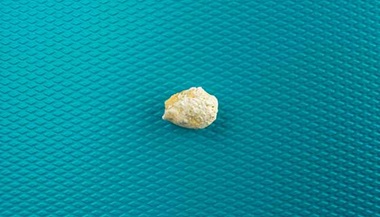Salivary Gland Infection (Sialadenitis)
Salivary infection, also called sialadenitis, most commonly affects the parotid salivary glands on the side of the face, near the ears or the submandibular salivary glands under the jaw.
What You Need to Know
- A salivary gland infection is also called sialadenitis and is caused by bacteria or viruses.
- A salivary stone or other blockage of the salivary gland duct can contribute to an acute infection. Chronic inflammation of a salivary gland can cause it to stop functioning.
- Although the condition can affect anyone, including infants, those most at risk for salivary gland infection are elderly and chronically ill people.
- Salivary infections that spread to the deep tissues of the head and neck can be life-threatening.
Salivary Infection: Causes
The most common causes of acute salivary gland infections are bacteria, especially Staphylococcus aureus, or staph. Viruses and fungi can also cause infection in the glands. (Mumps is an example of a viral infection of the parotid glands.)
The infection is more likely to happen when the mouth is dry, due to:
-
A salivary stone or a kink or blockage in the duct of the gland
-
Inadequate fluid consumption, illness, or medications such as diuretics (water pills) or antihistamines
Salivary Infection: Symptoms
Salivary infection symptoms can include:
-
Pain, tenderness and redness
-
Hard swelling of the salivary gland and the tissues around it
-
Fever and chills
-
Drainage of infectious fluid from the gland
Salivary Gland Infections: Diagnosis
The doctor will take a medical history and examine the salivary glands inside the mouth. Imaging tests such as computed tomography (CT) or ultrasound can detect salivary gland blockages due to salivary stones or tumors.
Salivary Gland Infection: Treatment
Hydration and intravenous antibiotics may be necessary to keep a salivary gland infection from spreading to the deep tissues of the head and neck or to the bloodstream, which can be dangerous.
Uncontrolled infection can lead to swelling of the neck and blockage of the airway. A salivary infection that spreads to the bones of the face can be challenging to manage.
Surgical Treatment
If the infection does not begin to respond to hydration and IV antibiotics after 48 hours, surgical incision and drainage of the salivary gland may be necessary to control the infection.
If salivary stones are blocking the glands and contributing to the infection, the doctor will need to remove them surgically so the infection does not recur.
One minimally invasive method of salivary stone removal is called sialoendoscopy. This technique can be used to manage small stones. For larger stones, the doctor may need to use a more invasive open surgery procedure. In most cases, surgery can preserve the salivary gland.
Reviewed by Dr. David Eisele from the Department of Otolaryngology-Head and Neck Surgery.
Salivary Gland Center
The Johns Hopkins Salivary Gland Center offers the latest in evaluation, diagnosis and treatment for patients with salivary gland tumors and other salivary gland disorders.





